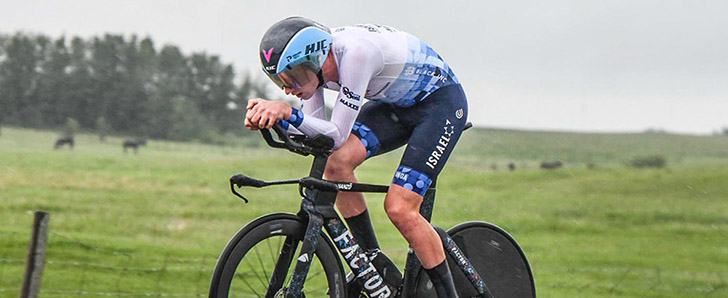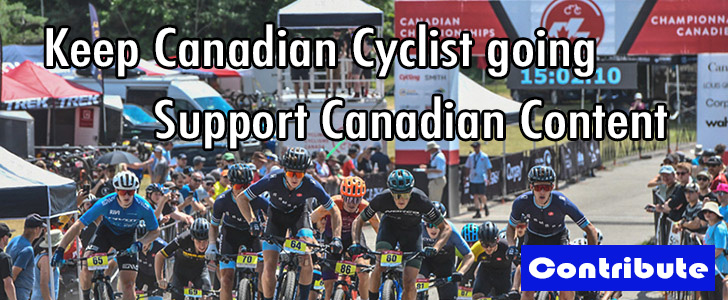March 2/09 23:07 pm - Developing Bike Skills Parks
Posted by Editor on 03/2/09
Presented at the 2006 IMBA Summit/World Mountain Bike Conference
Speakers: Joanne Ulmann, City of Mississauga Parks and Recreation, Mississauga, ON; Jon Kennedy, Backcountry Bicycle Trails Coalition, Seattle, WA; Jay Hoots, Hoots Gear, Vancouver, BC
The continual evolution of mountain biking has led to a recent boom in the popularity of bike skills parks. These venues can be a terrific community component that provides a managed arena for beginners and experts alike. Getting approval from the community is the first step toward creating a skills park. Here are eight points to emphasize.
• Set the stage: In your campaign to develop a skills park, you should start with the following tasks: identify allies in local government, find sources of volunteer labor, search out funding, and conduct an educational campaign, including tours of the potential area, to familiarize people with bike parks.
• Address risk management: Bike skills parks provide a level of managed risk that many riders and parents will find reassuring. Develop standards for structures and emphasize how this will be a safe place for kids to ride while saving the city or county money spent tearing down unauthorized areas.
• Design a visually appealing facility: Communities often reject plans that might lead to eyesores. Emphasize planting and other beautification efforts to help convince sceptics who claim a bike park would be visually unappealing. You might try partnering with gardening clubs and other community groups on you beautification efforts.
• Create a maintenance program: Develop a thorough maintenance plan for your park, and set it down in writing. Name each structure and plan on having the staff use an inspection form to check the park. This will help standardize maintenance records and allow you to easily identify an area that needs repair after a rider reports a problem.
• Train your builders: Identify potential crew leaders and make sure they're well trained before you start building the park. You're going to need these people to direct groups of volunteers several days a week, so make sure they have the building skills and leadership qualities needed to produce a first-rate facility.
• Progression is key: Any bike park should include smaller stunts that allow for a safe progression to more difficult terrain and attract new riders and parents who otherwise would be watching from the sidelines. Parent support helps build momentum for future expansions.
• Plan for growth: Parks are long-term community assets. Most should be overhauled every two to three years to keep them fresh and exciting. The most advanced riders may leave the park, but this will help retain and attract other riders.
• Consider hiring a pro builder: Communities often prefer working with a professional contractor. When hiring a builder to construct a bike skills park, be prepared to articulate your needs, longer term plans, education and other goals and any in-kind contributions you may have. Less important is to know about the specific materials or technical specifications.
Other IMBA Resources:
18 Steps to Building a Dirt Jump or Freeride Park
A List Of Authorized Freeride Areas And Technical Trails
Gleneagles Park in West Vancouver, BC
I-5 Colonnade Mountain Bike Park, Seattle
Other Success Stories
Mount Work - Hartland Road Mountain Bike Park, Victoria
If you have any questions, concerns or comments contact IMBA's Canadian office at: IMBA PO Box 23034, Kitchener, Ontario, N2B 3V1
www.imbacanada.com, canada@imba.com
| Return to Canadian Cyclist homepage | Back to Top |





